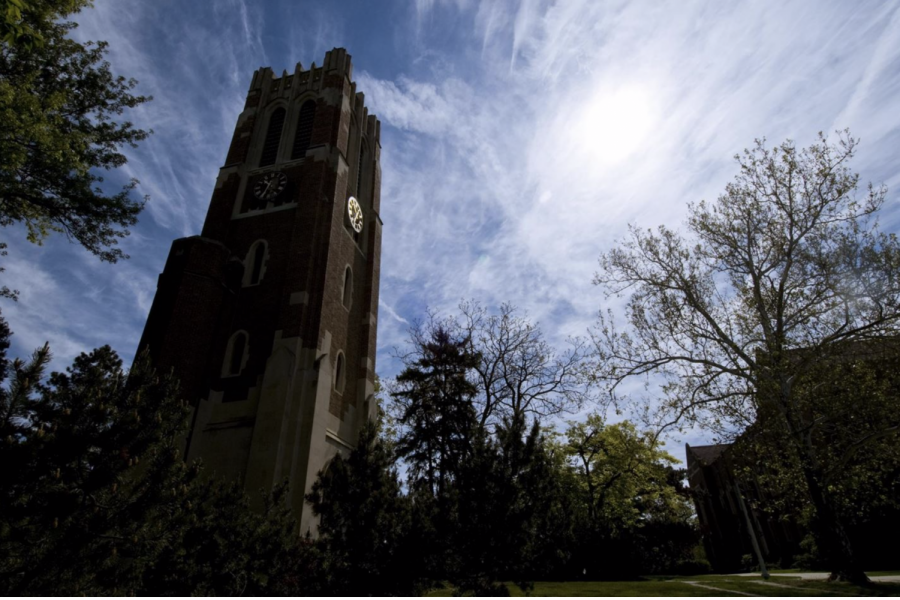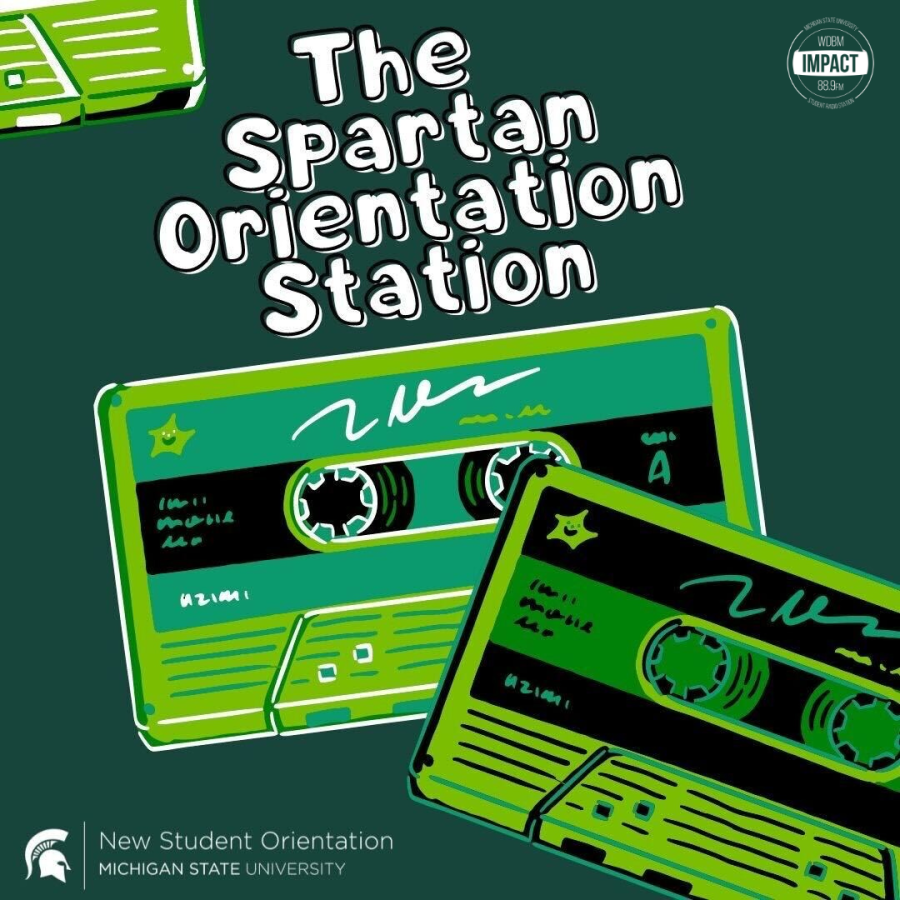Today’s weather forecast is predicting a few afternoon clouds but mainly sunny skies with a high of 66 degrees and a low of 53 degrees.
MSU establishes council to consider college merger, new College of Health Professions
Big changes are underway at Michigan State University as President Kevin Guskiewicz unveiled a major update to the university’s health sciences strategy this week.
At the heart of it is a bold new vision called “One Team, One Health”–a plan aimed at unifying efforts across medicine, health professions, and research to tackle global challenges like cancer, infectious diseases, and environmental threats.
To make it happen, MSU has formed the One Health Council, which will advise university leadership on three major ideas: merging its two colleges of medicine, launching a new College of Health Professions, and creating a cutting-edge, cross-disciplinary research institute.
Four task forces are already at work–focused on accreditation, the proposed colleges, and the new research center. They’ll present findings to the council in May, with final recommendations expected this fall.
Guskiewicz says now is a critical moment for MSU to lead in health innovation. He’s also listening closely to feedback from faculty, students, and healthcare leaders as the university explores how to balance bold change with focused impact.
1-year-old with measles visited MSU campus, according to Ingham County Health Department
Ingham County has reported its first case of measles in nearly 30 years.
Health officials confirmed the case on Monday–a 1-year-old girl who recently traveled out of state and visited Michigan State University and nearby locations in early April. The Ingham County Health Department is now investigating possible exposure sites.
MSU spokesperson Mark Bullion says the university believes the risk to the campus is extremely low but is continuing to monitor the situation with local health authorities.
Measles is highly contagious and can lead to serious complications, especially in young children and people with weakened immune systems. The child who tested positive visited several locations, including the MSU Community Music School, local restaurants, and shops in Lansing, East Lansing, and Okemos between April 5 and 8.
Anyone who may have been exposed is advised to monitor for symptoms for 21 days–those include high fever, cough, a red rash, and tiny white spots inside the mouth.
Health officials are urging residents to check their vaccination status. Two doses of the MMR vaccine offer 97% protection.
At Michigan State University, one PhD student is trying to solve a mystery that’s been buried–well, actually mummified–for years.
Meet Jerielle Cartales, a forensic archaeology student who’s had a passion for bones since childhood–literally collecting roadkill to watch it decompose. Now, she’s turning that fascination into research, and her latest subject? A one-foot-long, mummified creature with leathery skin, exposed intestines, and a mouth full of sharp teeth.
Discovered in 2018 during renovations in the ceiling of Cook Hall, the creature–and a nearby disembodied head–was stashed away by MSU’s Campus Archaeology Program and affectionately dubbed the CAPacabra, a nod to the legendary chupacabra.
Cartales, drawn to odd cases, decided to investigate. Her first step: running X-rays in the university’s Forensic Anthropology Lab. What she found surprised even her–a nearly adult animal, with partially fused bones and both baby and adult teeth coming in.
Initial guesses pointed to opossum, but Cartales quickly ruled that out. The leading candidate now? Raccoon–though she’s still comparing X-rays to skulls from the MSU Museum. Luckily, she already has a raccoon skull at home. “As one does,” she joked.
It’s science meets mystery, with a dash of the macabre–and Cartales couldn’t be more thrilled. “I’m obsessed with it,” she said.
Based on original reporting by Somer Sodeman, Demonte Thomas and Theo Scheer.

















